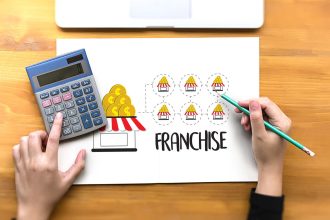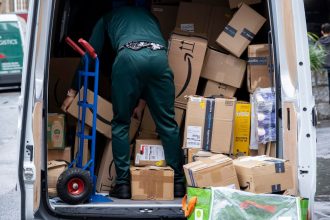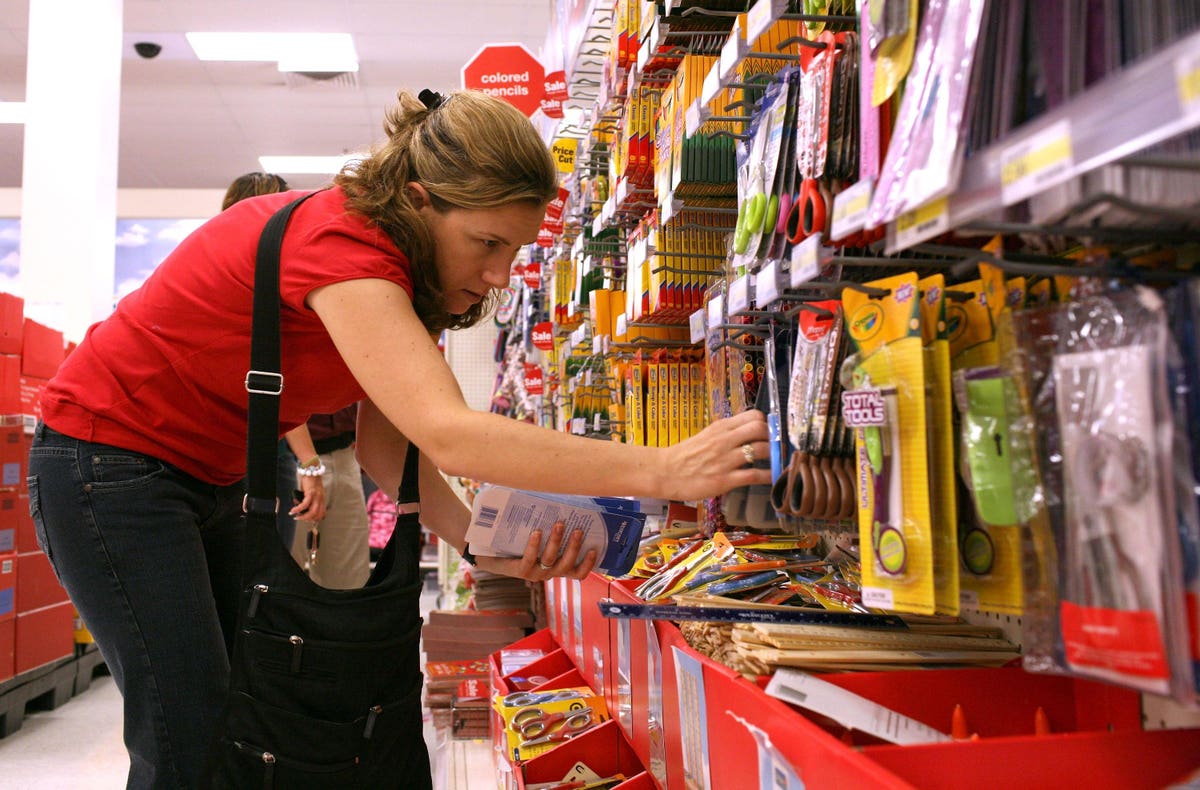Retail sales were up 0.7% for July 2023 compared to June, with consumer purchasing up across most categories. Amazon’s
AMZN
Restaurants and travel up from the month
The results for July showed consumers getting out to restaurants and traveling by car with increases of 1.4% and 0.4%, respectively. The national gas price in mid-July was $3.56 per gallon for regular gas compared to the June ending price of $4.85. The overall increase in gasoline revenue indicates that more people are traveling by car this summer. Discretionary spending in apparel/accessories and department stores increased in July compared to June, while the big-ticket categories of home furnishings and electronics/appliances dropped.
Fashion categories make a comeback compared to June
“As many economic indicators continue to point toward a stronger economy than anticipated, the recent retail sales report shows continued growth over the previous month. Although consumers are very price-conscious after an extended period of inflation, they nevertheless are still spending with some confidence and growing the size of the retail market,” said Matt Pavich, senior director of strategy & innovation at Revionics.
The fashion categories benefited from an early start to back-to-school shopping which was heavily promoted throughout the month, spearheaded by Amazon Prime Day. Walmart
WMT
TGT
July marks the half year for most retailers
Looking at the half-year mark for most retailers that start their fiscal year in February, sales were up 2.5% (not seasonally adjusted). When taking out automobiles and gas, retail sales were up 4.8%, indicating healthy spending behavior by consumers despite higher prices. Restaurant sales were up 11.1% for the year, nearly 41% above pre-pandemic levels (not adjusting for price increases). Nonstore sales, which include e-commerce, were up 8.4% for the year compared to last year, representing a remarkable increase of 88% from 2019. Nonstore sales represented 16% of total retail sales compared to last year at 15%.
The discount store category for retailers like Walmart and Target and warehouse clubs like Costco was up 3.6% at the half-year mark. The total segment is nearly 28% above pre-pandemic levels. Grocery stores were up 3.3%, with the consumer price index for food at home up 7.1% for the twelve months ending July. Consumers are turning to store brands to help mitigate the higher food prices. Additionally, many consumers have turned to warehouse clubs and discount stores for grocery items. Costco’s total memberships were up 7% last quarter.
July holds its own
Across all categories of goods, prices were up 3.2% for the year ending July, which showed strong sales compared to last year in some categories, including nonstore, restaurants, and discount stores. “While food service & drinking places drove the majority of the increase, core retail (general merchandise, apparel) still held its own in the year-over-year comparison, which is encouraging. Inflation still plays a role; consumers, on the whole, are still spending more to get less. But even with rising debt and high-interest rates, July did not appear to see any blanket pullback from consumers, which may not come until student loan payments resume in September,” said Nikki Baird, vice president of strategy at Aptos
APT
While gasoline sales were down 21%, prices have decreased from an average of $4.27 per gallon last year to $3.56. Department store sales were down 3.8% for July compared to the previous year. Department stores have not fully recovered to pre-pandemic sales levels, remaining down 0.3%.
Stronger economy than expected
The economic uncertainty has made it difficult for retailers to plan around consumer demand. While there are positive signs across most categories for July, many retailers are unsure how the end of student loan forgiveness will impact discretionary spending. “While there are multiple factors which could impact future retail results (including the return of student loan repayments), the July results are encouraging for retailers and consumers alike,” said Pavich.
Read the full article here





